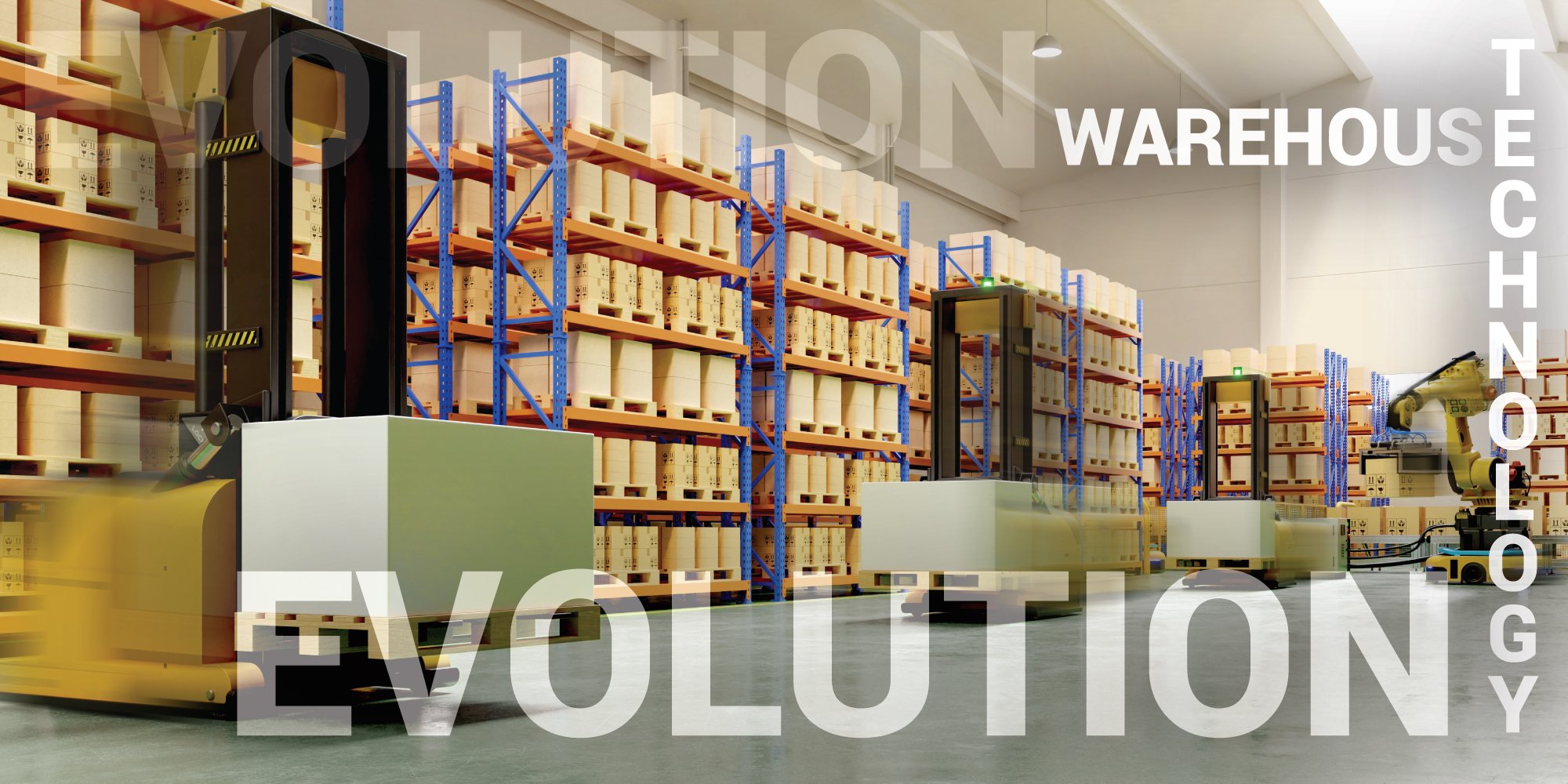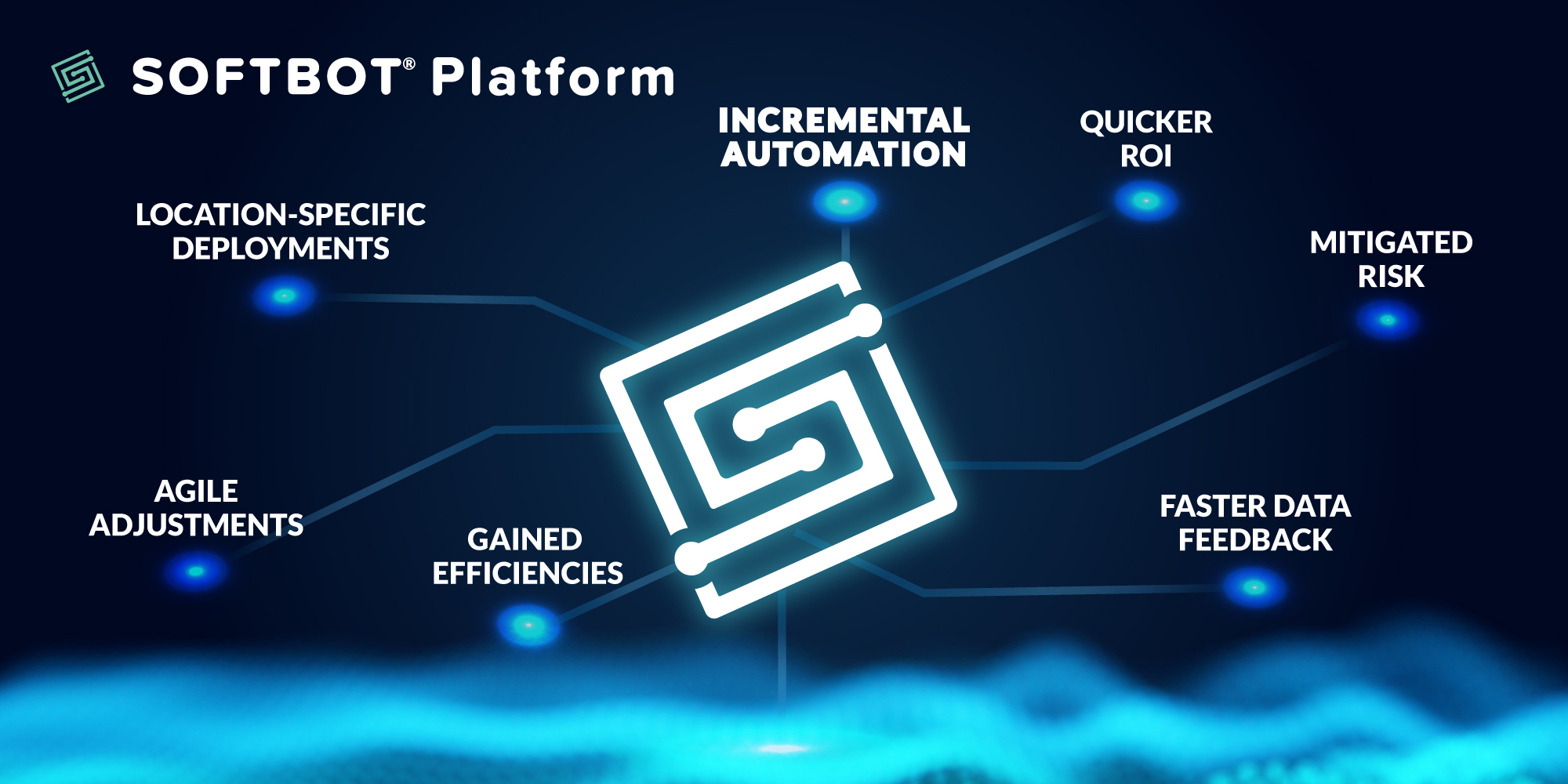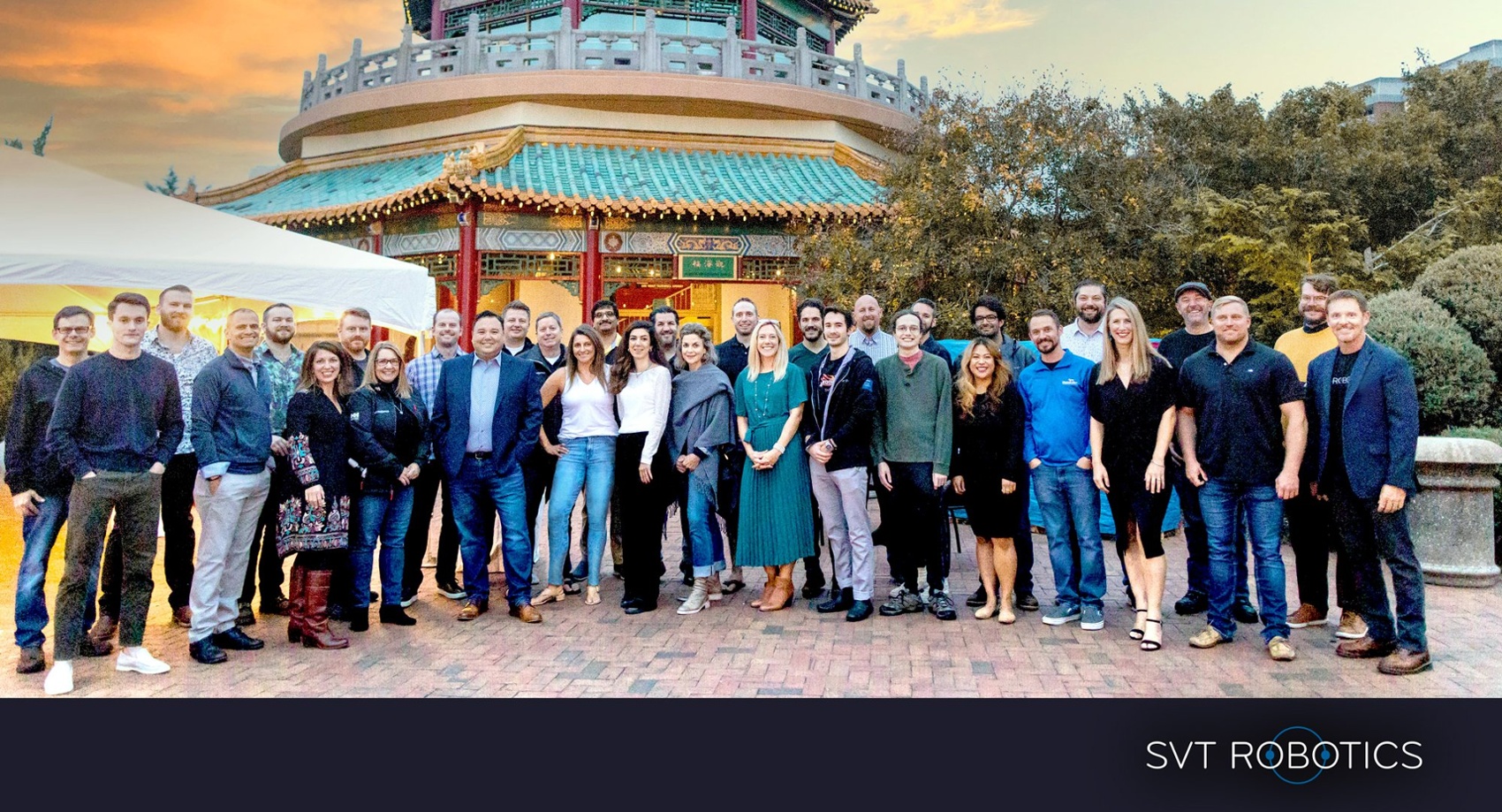“Warehouse automation” is a concept that’s self-explanatory at face value. The process of using technology software, material handling equipment, and robotics to pick, pack, and ship goods to end-users. Simple, right?
But once you start to unpack it, suddenly it blooms into a variety of different challenges. The world is changing – currently accelerated by a global pandemic – and consumer buying patterns are evolving along with it. It is becoming more real-time, more dynamic, more demanding, and, let’s face it, more critically important.
Amazon, for example, with next-day and even same-day delivery, has set the customer expectations bar quite high. The fact is this kind of pace can’t be achieved with human labor alone — if at all at this point. It’s not physically possible or financially feasible, nor is it conscionable during a pandemic.
Along with an ambitious marketplace is the emergence of a new workforce. As the “traditional” workforce ages, the next generation has a unique perspective on the modern career landscape; they can’t recall a time when technology wasn’t front and center in their lives. Their expectations around the work environment and their desire for a dynamic and flexible work culture are just some of the challenges. Consequently, their success in the workplace often revolves around the latest innovations of the technology era, which they’re incredibly adept at defining.
That is likely translating into a shallower labor pool for repetitive warehouse functions, yet those tasks still need to be done.
With the workforce culture morphing at the same time that consumer demands strain supply chains, how can companies keep pace with both?
Automation.
The Evolution of Warehouse Automation
Robotics and automation in the warehousing industry have seen many changes in recent years. Complexity, demand, and consumer expectations are all going up. As consumer buying patterns shift and COVID continues to transform sourcing and manufacturing processes, distribution becomes even more critical.
Even yet, some companies remain mired in approaches of the past, despite the previous decade’s push toward greater optimization. Traditional warehouse automation models struggle to keep up; employees handpicking goods and conventional conveyors crisscrossing a warehouse are becoming increasingly less adequate to meet the changing demand.
That is where next-generation automated material handling and robotics come into play. Fortunately, there is an array of new technologies that point to the buoyant future of warehouse automation.
4 Automation Trends Shaping the Future
- More Robots— While the more traditional automation equipment - conveyors, shuttles, and cranes - are still prevalent as the heavy lifters of warehouse material handling, there's been a huge push in recent years for innovative and interactive robotic technologies. Robotic picking arms that didn't exist ten years ago are currently used everywhere. AGVs have been around for a while, but now intelligent and self-driving AMRs are utilized across warehouse and manufacturing facilities.
Moreover, robots are especially apt at simple, repetitive tasks. They aren't the best at doing complex tasks, yet — people are. So, why use human labor for something simplistic and repetitive when they can perform more complex and creative functions that bring increased value to a company?
- Cloud Trends — Many warehouse management systems (WMS) and even some robotics hardware solutions are migrating to the cloud. Besides putting all your information in one central location, cloud storage promotes flexibility in resource utilization, cost reduction, risk management, improved data integrity and security, agility, and collaboration. Moreover, cloud-based solutions can scale without overburdening your IT staff.
- Open Plug-n-Play Solutions— The landscape for big integrator companies is starting to change. System integrators are being asked to expand their capabilities through software solutions that value and foster interconnectivity over proprietary “walled gardens.” To that end, robotics platforms will continue to become more agnostic, allowing a bumper crop of third-party software integrations to come to market. Need your picking arm to make a new maneuver? There will be an app for that.
- Fresh from University— The influx of new automation technology and the arrival of technically savvy college graduates building next-generation robotics is a fortuitous juncture. The alignment between their modern cultural values and the robots they can work with symbiotically has led to automation solutions that are more interactive, and therefore more intuitive, allowing the new workforce to operate in a more technological and innovative way.
The intersection of all these trends is where the future of warehouse automation will centralize, and robotic technologies will facilitate that work.
Keeping up with the Speed of Need
For many companies, the adoption of new technology will often place additional stress and complexity onto an already burdened situation. When the decision is made, for example, to introduce an automated solution or system – usually a conveyor or some other type of classic material handling – it will typically take upwards of a year or more and cost several million dollars to analyze, purchase, install, and deploy.
Additionally, companies are challenged to locate and hire the small army of software developers, industrial engineers, and various operations professionals required to take that system and adopt it. And in the world of material handling, especially in warehousing and distribution, customers are always there, and day-to-day requirements are happening all the time.
Inevitably, their needs will change because the speed of business is so much faster now, making it much more difficult and expensive to evolve their new-but-now-outdated system. Business must go on, so affecting change into the process without disruption has historically been a challenge, requiring more investigation and planning, more resources – and more time to deploy.
That's a problem. VPs and operations managers are making bets, sometimes even with their careers, over those kinds of decisions. We offer the solution to this at SVT Robotics.
The SOFTBOT™ Revolution - Automate Easier Than you Think
So how do you accelerate the speed of thought and innovation to match the speed of rapidly evolving technology offerings, business models, and trends? You must be able to implement quickly and deploy in modest ways, so you can then build to completion - in an iterative sort of way - your automation solution. In software engineering, this is called the “fail-fast” principle, and I like to add “fail early” as well. Understanding the stakes are different, the principle remains the same. To effect change - and keep up with the speed of need - businesses must be able to try, learn, change, and try again. That doesn’t necessarily mean failure, but rather making informed decisions with less risk.
That's what we do at SVT Robotics. Our SOFTBOT Platform allows you to connect automation technologies — connect them with your current operations systems, warehouse management systems, and enterprise resource planning systems. You can pilot, you can test, and you can learn from it. Once you have validated your desired outcomes, and most importantly, the value, you can scale the solution. The SOFTBOT Platform handles that for you as well. All without the need to have anyone else involved. You manage it yourself when you need it.
For example, a company can use our platform to explore the implementation of a new robotic picking arm and decide if it’s appropriate to scale to a hundred more within weeks. That can mean investing thousands versus millions of dollars (and a whole lot of commitment to boot) in ascertaining the direction of your company's warehouse automation efforts. When the time comes for the more considerable investment, you’ll already know the solution will meet or exceed your expectations.
Ultimately, you're able to control what you put in and what you take out, and when you want to do either. When your WMS needs an upgrade, you can replace it without having to rip out the middleware system and rebuild all that code.
Speed of business. Speed of operation. Speed of innovation.
Inasmuch as warehouse automation is a complex, expensive, and unwieldy undertaking, it can also be simplified — and that’s precisely what we do.






